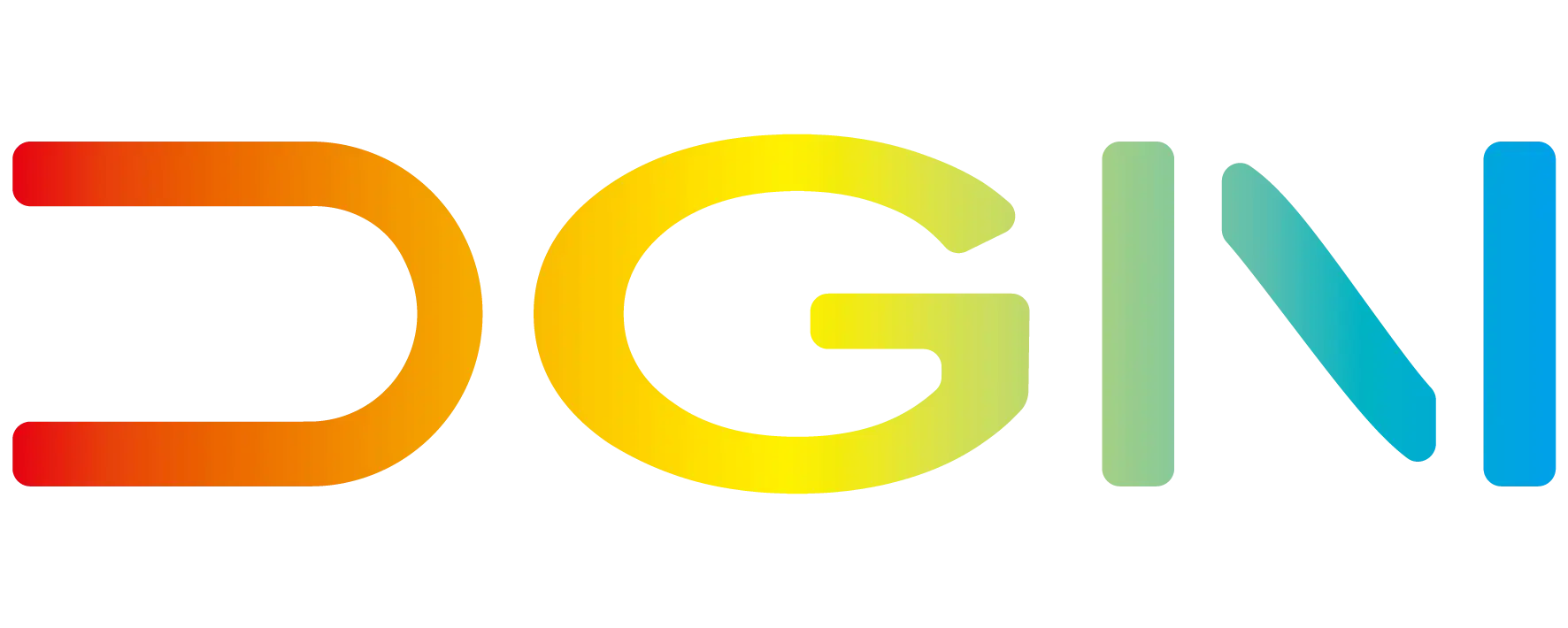Knowledge About Shrink sleeve
Shrink Sleeves are one of the fastest growing segments in the label industry. As companies continue to re-design their packaging and the demand for sharper, more aesthetically pleasing designs continue to rise, more companies are converting their traditional pressure sensitive labels into shrink sleeve labels. Shrink sleeves offer companies more flexibility in terms of design and makes the products stand out from the rest of the competition.
What are PVC and PETG?
Polyvinyl chloride (PVC) and Polyethylene Terephthalate Glycol-modified (PETG) are two commonly used shrink sleeve materials.
PVC – Easiest to control, generally the most cost effective and offers good scuff resistance. Unit cost is less and it works better on some applications than PETG. There are two types of PVC – high shrink PVC and standard PVC.
PETG – Offers the best scuff resistance, has highest percentage of shrink ability and easily recyclable. It’s also more stable and readily available. More customers are choosing PETG over PVC because it’s more readily available.
PLA – Polylactide, or Polylactic acid (a misnomer since PLA is not an acid), (PLA) is a biodegradable thermoplastic made from renewable resources. The fact that PLA is biodegradable has increased its popularity in recent years and in addition to its use as printed shrink sleeve labels, PLA has also been used as a loose-fill flexible packaging material
EPS Foam – Expanded Polystyrene (EPS) is a recycle-able thermal plastic material. Though a light material, EPS is relatively strong mechanically for its lightness and has a high resistance to heat, making it an excellent insulator. EPS offers exceptional form fit product protection.
SHRINK SLEEVE APPLICATION PROCESS
Manual – In this process, custom printed shrink sleeve labels are manually applied to containers before shrinking. This method is ideal for short runs and sampling prototype programs.
Automatic – Through an automatic application process, conveyors and other assorted machines are used to slip the heat shrink film material over the containers and then process them through the heat-shrink area for the form-fit that shrink sleeves create.
SLEEVE TYPE
Clear – A translucent sleeve which can be printed on but will otherwise show through to the container, and if a clear container, the contents therein. This type of shrink sleeve is ideal if you would like to showcase your product.
White – The shrink sleeve applied to the container is a white opaque film. Still printable, this type of sleeve will give the impression that the area of the container where applied is white.
PEFORATIONS FOR SHRINK SLEEVES
None – There will be no perforations on your shrink sleeve, it will be a solid label for the type of label selected.
Vertical – There will be vertical perforations that will make it easy to tear the shrink sleeve apart. This perforation is commonly found on safety-seals, and can be used in conjunction with horizontal perforations to create an entirely removable tamper-evident band.
Horizontal – This type of perforation allows part of the shrink sleeve, such as a tamper-evident band, to be easily removed without damaging the rest of the label so your product identity stays in tact. This also gives customers piece of mind when purchasing a product so they know it has not been altered.
T-Perforation – The perforation is used as an “easy to remove” tamper evident band.
Printing Methods
Heat Shrink label films do not require pre-treatment for print adhesion, however the choice of ink system is important.
· Gravure printing is widely used because it allows you to print complex designs. It requires spirit ester inks, thinned with mixtures of ethyl acetate and alcohols.
· Flexographic printing is another option. Solvent-based inks require different ink resins, thinned with mixtures of ethyl acetate and alcohols. Water- or UV-based inks are applied directly to the film surface, after corona-treating the film prior to printing.
· Rotary offset printing uses paste UV inks consisting primarily of water and alcohol achieving high-quality resolution at high-speed output and low operational costs, after corona-treating the film prior to printing.
· Digital printing uses photographic quality images and is the ideal process for prototypes and short-run projects. It requires special coatings for ink adhesion.
· Drying Process has no draw back. Temperature settings depend on printing speed and the length of the drying zone.
Tube Forming
When it comes to tube forming, shrink-sleeve and roll-sleeve processes differ. In the roll-sleeve process, the tube is created on a roll-fed mandrill and seamed by hot-melt, solvent, heat-bar, or laser processes. The tube is created directly on the labeling line. In the shrink-sleeve process, the tube can be formed either by gluing the seam or by ultrasonic welding, but gluing is widely preferred because of its faster processing speed.
For the shrink-sleeve process, the best glue-solvent mixture depends on:
· Solvent application/machinery
· Production line parameters, such as speed, solvent quantity, etc.
· Polymer
· Temperature of film, solvent, and ambient temperature
Shrinking Process
The shrinking process can be controlled by a number of factors:
· Beam temperature of the infrared radiation in the tunnel
· Hot-air flow for hot-air tunnels
· Steam flow in the steam tunnel
· For best shrink results in steam tunnels, we recommend ~90°C [210°F] maximum
DONGGUI NEW MATERIALS (SHENZHEN) CO., LTD., a professional heat shrink plastic film manufacturer, specialized in PETG shrink film, PVC shrink film, and PLA film products. Welcome to visit our factory!

QUICK LINKS
CONTACT US
E-mail: info@plafilms.com
Mobile / Whatsapp / Wechat:
+86-18327654779
Address: NO. 2003, PINGSHAN AVENUE, LIULIAN COMMUNITY, PINGSHAN STREET, PINGSHAN DISTRICT,SHENZHEN CITY, GUANGDONG PROVINCE
CONNECT WITH US




